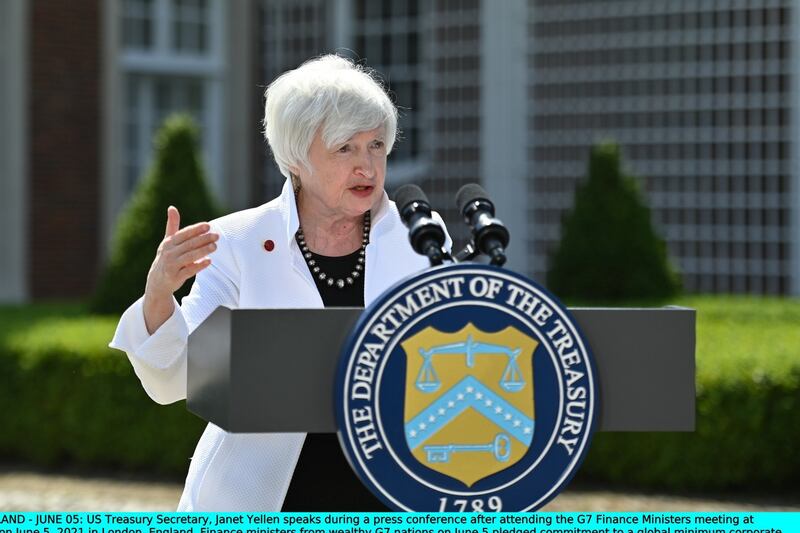Successive Irish governments have loudly proclaimed their commitment to the creation of a knowledge economy and the high levels of research and development (R&D) investment required to sustain it. Unfortunately, the reality speaks louder than the rhetoric and Ireland languishes near the foot of the European league table when it comes to R&D expenditure.
Figures produced by Eurostat late last year show Ireland's expenditure on R&D is less than 1 per cent (0.78 per cent) of GDP. To put this in context, the top spenders, Sweden, Austria and Germany, spend 3.39 per cent, 3.19 per cent and 3.17 per cent respectively.
Proportionately, that’s more than four times Ireland’s level. The EU average is 2.19 per cent, almost three times that of Ireland. Ireland comes a very lowly 23rd out of the EU’s 27 states.
Innovation
This ranking can be used as a measure of the value a country places on R&D as a driver of innovation. Sadly, Ireland does not appear to place much value on it at all. And this could have serious consequences for our economy and society over the course of the next decade.
Research and development drives innovation, and innovation drives the productivity required to pay for high-living standards such as decent wages, good public services and homes worth living in. If we want to be able to pay for the solutions to our housing crisis, fix our health service, fund our pensions and confront climate change, we are going to have to increase our productivity.
That means more people working in higher-value jobs, using new technologies and innovations. This is what is meant by moving up the value chain and it demands increased expenditure on R&D.
Of course, the policy wonks will rightly argue that GDP is a poor measure of Ireland's economy due to the distorting effects of large multinationals here. However, even if we strip out this distorting effect, and use the modified measure of the economy's size known as adjusted gross national income (GNI), Ireland's R&D expenditure climbs only to about 1 per cent, somewhere between Lithuania and Croatia.
It still leaves us in the bottom third of the EU-27.
There are also those who contend that these measures only reflect inputs and do not calculate the outputs. The inescapable fact is that the richest and most technologically advanced nations in the world invest the highest proportion of their wealth in R&D and innovation. That is no coincidence.
Pressing need
The need to address Ireland's low ranking is all the more pressing in light of recent developments relating to global tax reform. Multilateralism is back with a bang thanks to the changed administration in the US. Together with the G7 consensus on a global minimum 15 per cent rate of corporation tax, this presents challenges for Ireland on at least two fronts.
The first is the very real risk of a significant fall in corporation tax revenue. In a State where a fifth of the tax take comes from this source, that could have a serious impact. The comparison with boom-era stamp duty is difficult to avoid. We are increasingly using what could be non-recurring income for current expenditure.
Estimates vary, but there appears to be broad agreement that the global minimum rate will result in a drop of about 20 per cent or well more than €2 billion in our corporation tax take.
The other main risk will come from our diminished attraction for future FDI. Will the next Pfizer choose to locate in Ireland if its tax advantage is nullified or significantly reduced? Time will tell but we can take action to mitigate the risk.
Rich countries that invest in R&D have better jobs, higher tax takes and increased productivity as a result of their investment in the science base. They produce more technologies that are attractive both to foreign and home-based capital investors. Ireland must follow suit if it is to anchor existing investments here and continue to attract new FDI.
R&D investment also supports domestic start-ups in emerging areas like AI, fintech, personalised medicine and so on.
Alarming
The most alarming aspect of Ireland’s current laggardly position in this critical area is the fact that it won’t be any surprise to Government. As far back as 2006, the national strategy for science technology and innovation set a target for annual investment in R&D of 2.5 per cent of the value of the economy within seven years.
That target was missed by a wide margin but there were extenuating circumstances in the form of the global financial crisis. The commitment was restated in the Innovation 2020 strategy of 2015, which set 2020 as the date for the achievement of the 2.5 per cent target. Little if any progress has been made.
The good news is that where the State leads, the private sector follows. For every €1 the Government invests in public R&D, businesses typically invest €2. Currently, the State invests just less than €1 billion annually in R&D. It needs to treble this level of investment over the next decade. That would see total public and private investment rising to equal that of Denmark, a global innovation leader and a country similar to Ireland in size.
The innovation, the new products and services, the high-value jobs, the economic spend and tax take arising would be transformative for Ireland.
Our response to the pandemic, in our use of knowledge to face down a serious threat, has shown that we can do this. After years of missed targets, it is now time for reality and rhetoric to rhyme.
Dr Graham Love is a partner in the Consulting Services practice in Mazars and focuses on the delivery of consulting services to the higher education and health sectors.














